Choosing the right mechanical keyboard switch - linear or tactile - depends on your priorities for gaming or typing. Here's a quick breakdown to help you decide:
- Linear switches: Smooth, quiet, and fast. Perfect for gaming where speed and repeated key presses matter.
- Tactile switches: Noticeable feedback bump with each press. Great for typing accuracy and deliberate input.
Quick Comparison
| Feature | Linear Switches | Tactile Switches |
|---|---|---|
| Keystroke Feel | Smooth, no feedback bump | Noticeable feedback bump |
| Sound Level | Quiet | Slightly louder |
| Best For | Gaming | Typing |
| Example Models | Cherry MX Red, Speed Silver | Cherry MX Brown, Clear |
If you're a gamer, go for linear switches like Cherry MX Red for speed. For typing, tactile switches like Cherry MX Brown offer precision and feedback. Keep reading for detailed insights into each type!
How Linear and Tactile Switches Differ
Keystroke Feel
Linear switches provide a smooth, uninterrupted keystroke, making them ideal for rapid key presses. On the other hand, tactile switches feature a noticeable feedback bump midway through the keystroke, offering a more deliberate feel.
"If you play shooter games and games that don't require many quick keypresses in succession, you'll likely prefer linear switches. But if you play games that require many quick keypresses, or if you do a lot of typing, you'll likely prefer tactile ones." - Jacob Fox, Tech Guided
Now, let’s look at how these switches differ in sound.
Sound Output
Linear switches are designed to operate quietly, making them a good choice for noise-sensitive environments. Tactile switches, however, produce a subtle sound when the actuation point is reached, which can help confirm each keystroke.
These differences also influence how they perform in different scenarios.
Speed vs Precision
Linear switches excel in tasks where speed is essential, thanks to their smooth and continuous motion. Tactile switches, with their distinctive bump, are better suited for tasks requiring precision and deliberate input.
Here’s a closer look at how they compare:
| Performance Aspect | Linear Switches | Tactile Switches |
|---|---|---|
| Actuation Force Example | Cherry MX Red: 45 cN | Cherry MX Brown: 55 cN |
| Gaming Suitability | Shooter games | Real-time strategy (RTS) games |
| Typing Performance | Fast response, minimal feedback | Increased accuracy with tactile feedback |
| Learning Curve | May take time to adjust due to lack of feedback | Easier to adapt with immediate confirmation |
"Mechanical keyboard switches directly affect performance, so many gamers and typists carefully compare linear vs. tactile switches to see which is best for their needs." - Das Keyboard Mechanical Keyboard Blog
Picking the Best Switch Type
Gaming Performance
Linear switches are a go-to choice for fast-paced gaming. Their smooth, uninterrupted keystroke makes them perfect for high-speed gameplay. Popular options like Cherry MX Red and Cherry MX Speed Silver stand out among competitive gamers thanks to their low actuation force and straightforward motion.
"Linear switches like Reds, Blacks, and Silvers offer a smooth and consistent keystroke experience, which many gamers think allows for quicker and more comfortable switching between the same keys (such as WASD) repeatedly. Feeling a bump every time you press the W key is seen to slow down or frustrate gameplay." - Jacob Fox, Tech Guided
Typing Experience
If typing is your main activity, tactile switches are hard to beat. The tactile feedback - a small bump - lets you know when a key press is registered. This can improve accuracy and reduce strain during extended typing sessions.
| Activity Type | Switch Recommendation | Key Benefit |
|---|---|---|
| Touch Typing | Tactile | Clear keystroke confirmation |
| Office Work | Tactile | Fewer typing errors |
| Content Creation | Tactile | Improved typing precision |
"For typing, most people prefer tactile switches like Cherry MX Browns. These switches are good for being able to quickly move on to the next key once you've felt the bump that shows the key's been registered." - Jacob Fox
Mixed Gaming and Typing
If you need a keyboard for both gaming and typing, the choice comes down to your priorities. RTS gamers, for example, might lean toward tactile switches because the feedback helps confirm complex commands. On the other hand, linear switches are better suited for those who prioritize gaming speed. For a balanced experience, tactile switches are a strong contender, offering feedback that aids both gameplay and typing accuracy.
Mechanical Keyboard Switches | Tactile vs. Linear - Basic ...
sbb-itb-3cb9615
Common Switch Models
Here’s a look at some popular switch models tailored to different needs. These options cater to specific performance requirements, whether you're gaming, typing, or working in quieter spaces.
Linear Switch Options
Linear switches offer smooth, uninterrupted keystrokes, making them ideal for gaming or environments where quiet operation is preferred. For instance:
- Cherry MX Red: With a 45 cN actuation force and 2.0 mm pre-travel distance, this switch supports quick, effortless keystrokes.
- Cherry MX Speed Silver: Similar to the MX Red but with a shorter 1.2 mm pre-travel, this model is designed for faster response times in competitive gaming.
- Cherry MX Black: A 60 cN actuation force ensures more deliberate presses, reducing accidental key activations.
- Cherry MX Silent Red: Offers the same 45 cN resistance but with reduced noise, thanks to its quieter design.
Here’s a quick comparison for gaming purposes:
| Switch Model | Resistance | Pre-Travel | Total Travel | Best Use Case |
|---|---|---|---|---|
| Cherry MX Red | 45 cN | 2.0 mm | 4.0 mm | Fast-paced gaming |
| Cherry MX Speed Silver | 45 cN | 1.2 mm | 3.4 mm | Competitive gaming |
| Cherry MX Black | 60 cN | 2.0 mm | 4.0 mm | Precise control |
| Cherry MX Silent Red | 45 cN | 1.9 mm | 3.7 mm | Quiet environments |
Tactile Switch Options
Tactile switches are known for their noticeable bump during actuation, providing clear feedback with every press. This feature makes them a favorite for typing and tasks requiring accuracy. A standout option is:
- Cherry MX Brown: With a 55 cN actuation force, it offers a tactile bump that confirms each keystroke. It’s quiet enough for most environments while versatile enough for both typing and casual gaming.
Key details for the Cherry MX Brown:
| Feature | Cherry MX Brown Performance |
|---|---|
| Actuation Force | 55 cN |
| Tactile Feedback | Clear bump |
| Sound Level | Quiet to moderate |
| Usage Scenario | Typing and general use |
Comfort and Usage Factors
Picking the right switch isn’t just about performance - it’s also about how comfortable it feels during long gaming or typing sessions. Factors like actuation force and noise levels play a big role in ensuring ease of use.
Key Press Force
The amount of force needed to press a key, known as actuation force, can affect how tired your fingers feel over time. Linear switches provide a steady force throughout the keystroke, while tactile switches have a noticeable bump that changes the resistance.
Here’s a quick comparison of popular switch types and their actuation forces:
| Switch Type | Actuation Force | Best For |
|---|---|---|
| Cherry MX Red (Linear) | 45 cN | Long gaming sessions |
| Gateron Milky Yellow Pro (Linear) | 50 cN | Gaming and typing balance |
| Cherry MX Brown (Tactile) | 55 cN | Everyday typing |
| Cherry MX Clear (Tactile) | 65 cN | Precise typing tasks |
| Tealios V2 (Linear) | 67 cN | Intentional keystrokes |
Lighter switches like Cherry MX Red (45 cN) are easier on your fingers during extended use. If you prefer some tactile feedback, Cherry MX Brown (55 cN) strikes a nice middle ground without requiring too much force.
Sound Levels
Switch noise is another factor that can influence comfort, especially in shared or quiet spaces. Linear switches are generally quieter, though forceful key presses can still produce some noise from the keycaps.
Here are a couple of things to keep in mind:
- Switches with built-in dampening features can help reduce noise in quieter environments.
- Linear switches are a solid choice for low-noise operation without sacrificing performance.
For those who want a balance of tactile feedback and moderate sound, Cherry MX Brown switches are a good option. On the other hand, linear switches are your best bet for keeping things as quiet as possible while maintaining smooth performance.
Final Decision Guide
Here's a quick rundown to help you make the best choice. We've boiled down the comparison to match your gaming and typing needs.
Main Points Review
| Usage Type | Recommended Switch | Key Advantage |
|---|---|---|
| FPS Gaming | Linear (Cherry MX Red) | Fast, consistent keystrokes |
| RTS Gaming | Tactile (Cherry MX Brown) | Clear feedback for key presses |
| Dedicated Typing | Tactile (Cherry MX Brown) | Better typing precision |
| Combined Use | Tactile (Cherry MX Brown) | Great for both gaming and typing |
Linear switches are ideal for high-speed shooter games, while tactile switches shine in tasks that require clear feedback with every keystroke.
Shop Switches at KeebsForAll

Now that you've got the details, pick the switch that matches your style. Check out Cherry MX Red and Cherry MX Brown switches at KeebsForAll. If you're new to mechanical keyboards, Cherry MX Red is great for gaming, while Cherry MX Brown offers a more balanced option for both gaming and typing.


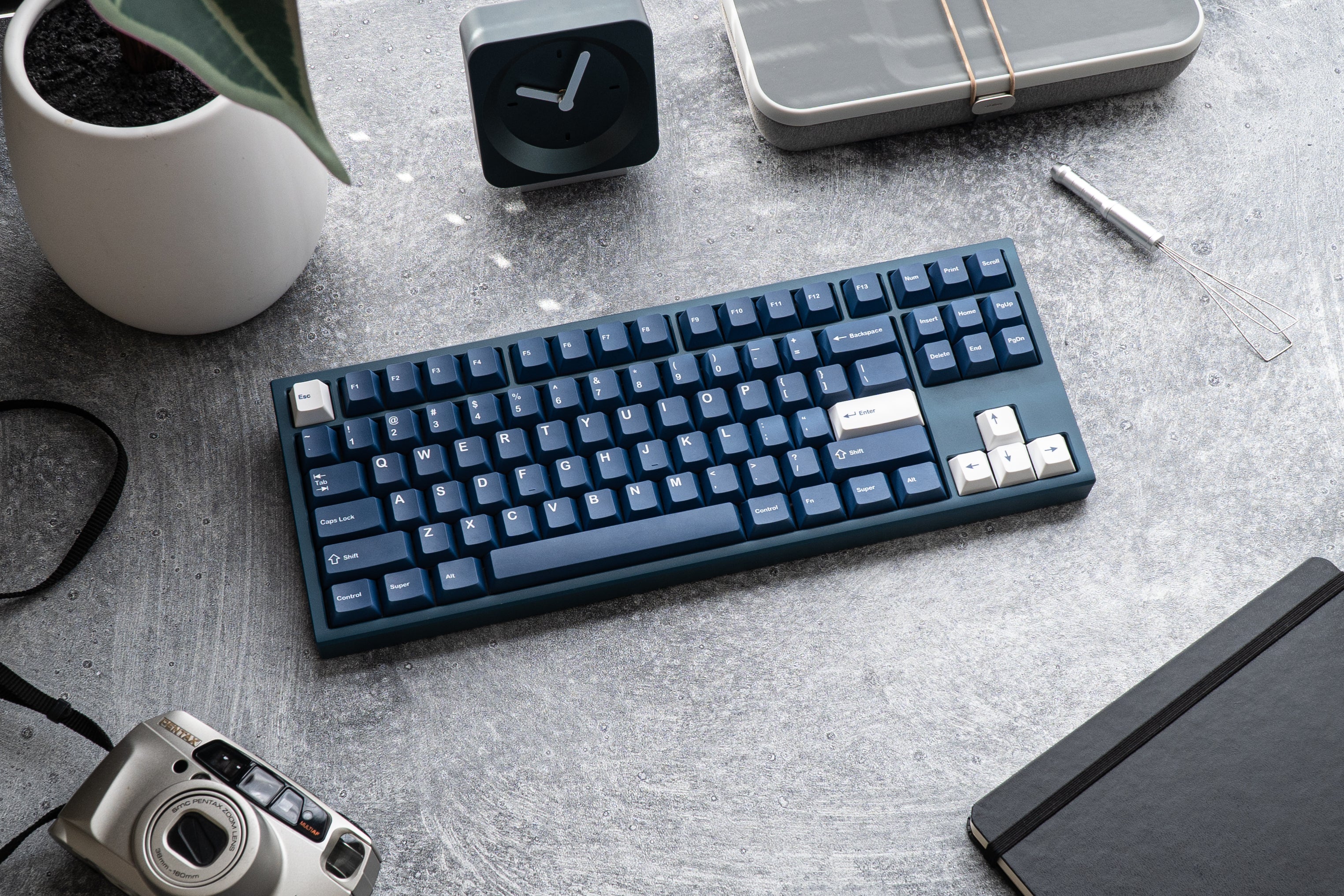
![[Pre-Order] Autumn Leaves PBT Keycaps - KeebsForAll](http://keebsforall.com/cdn/shop/products/DSC09732.jpg?v=1676148273)
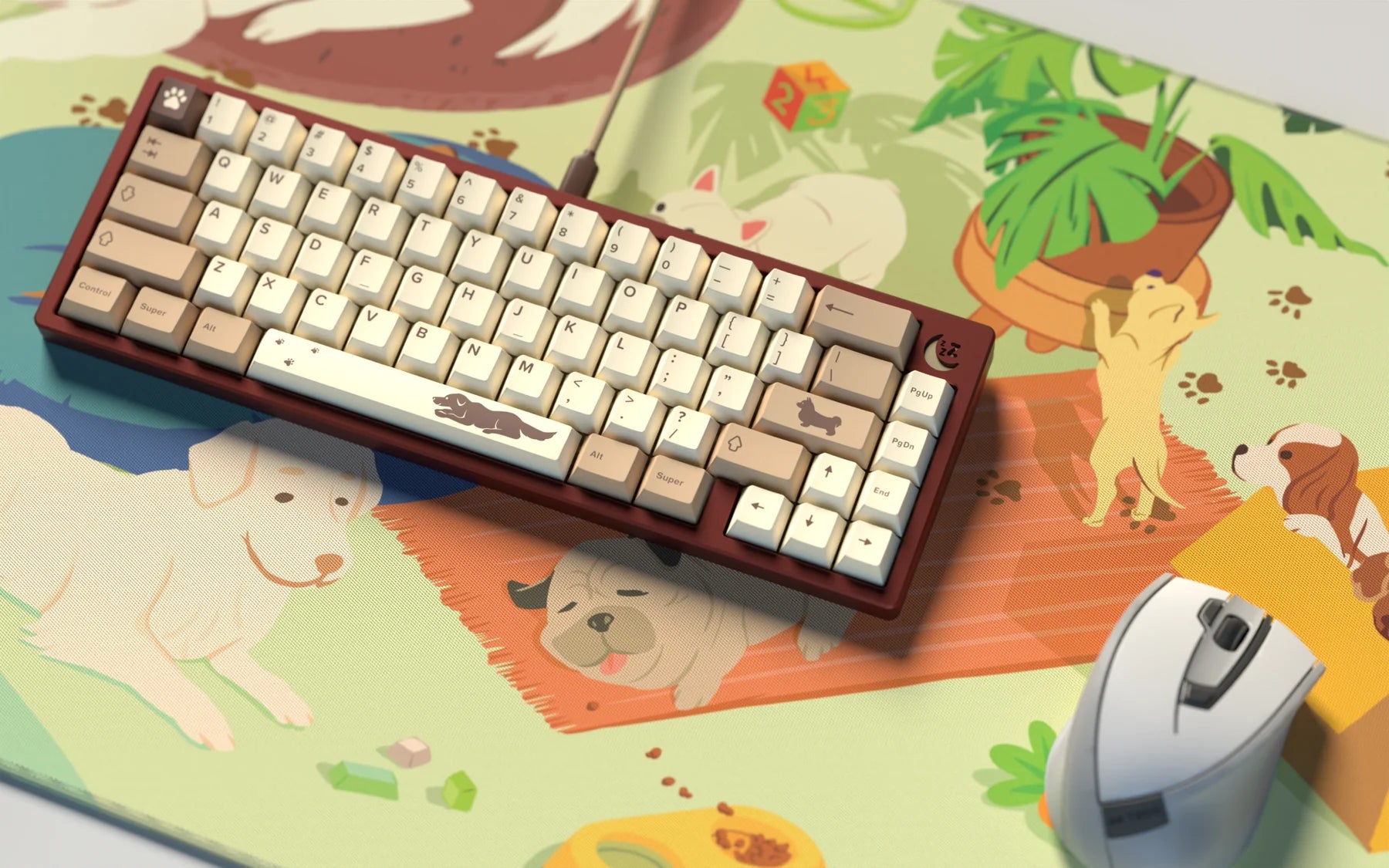

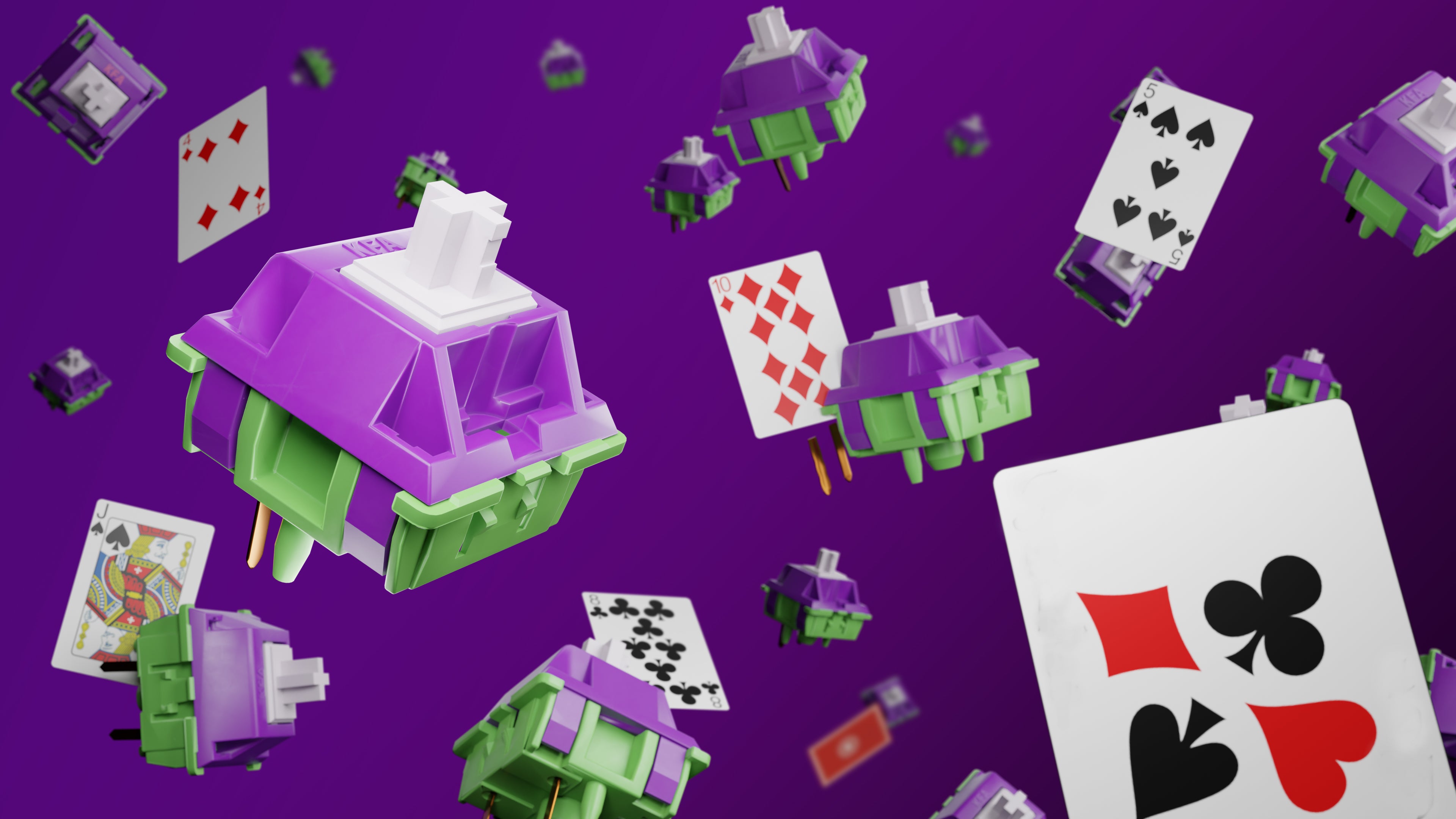
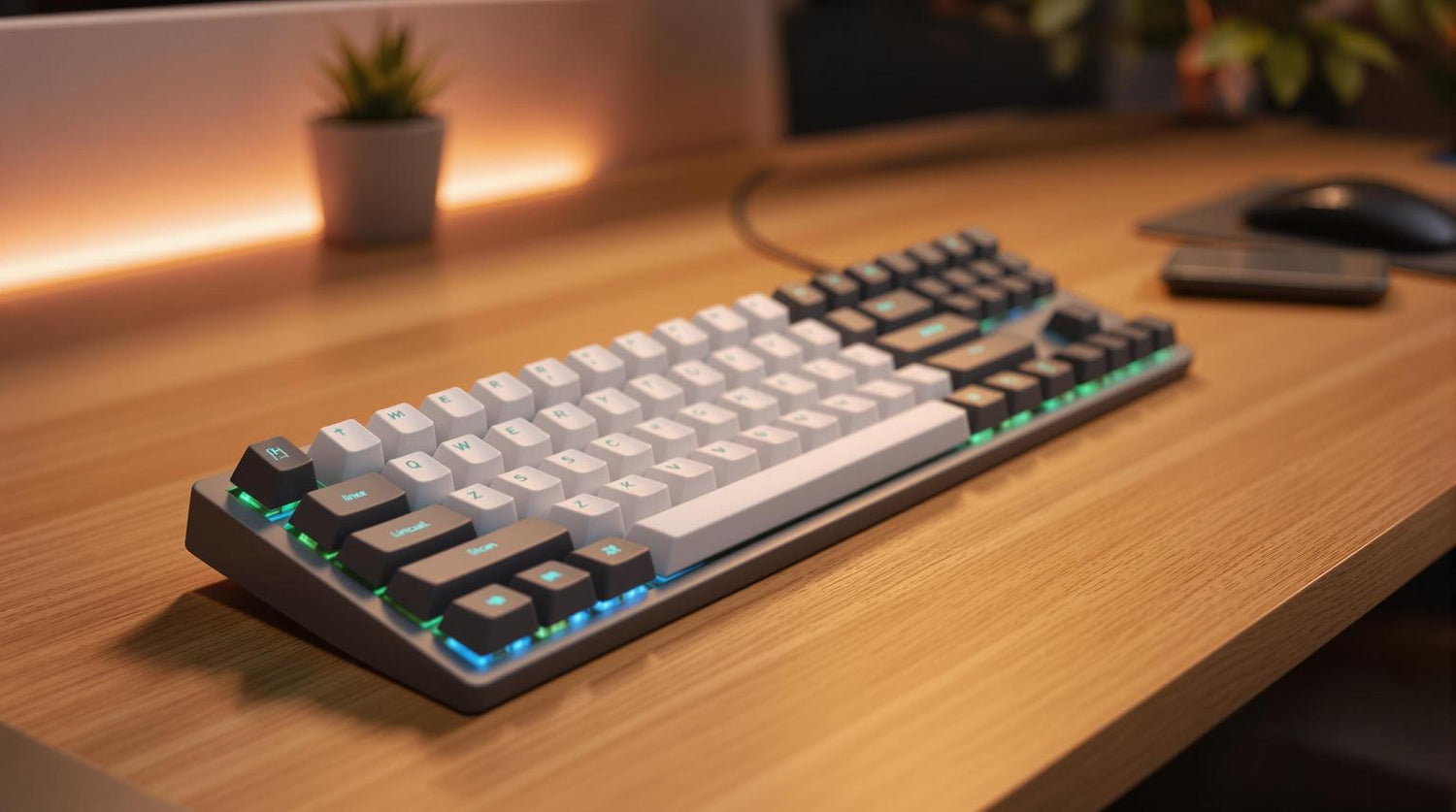
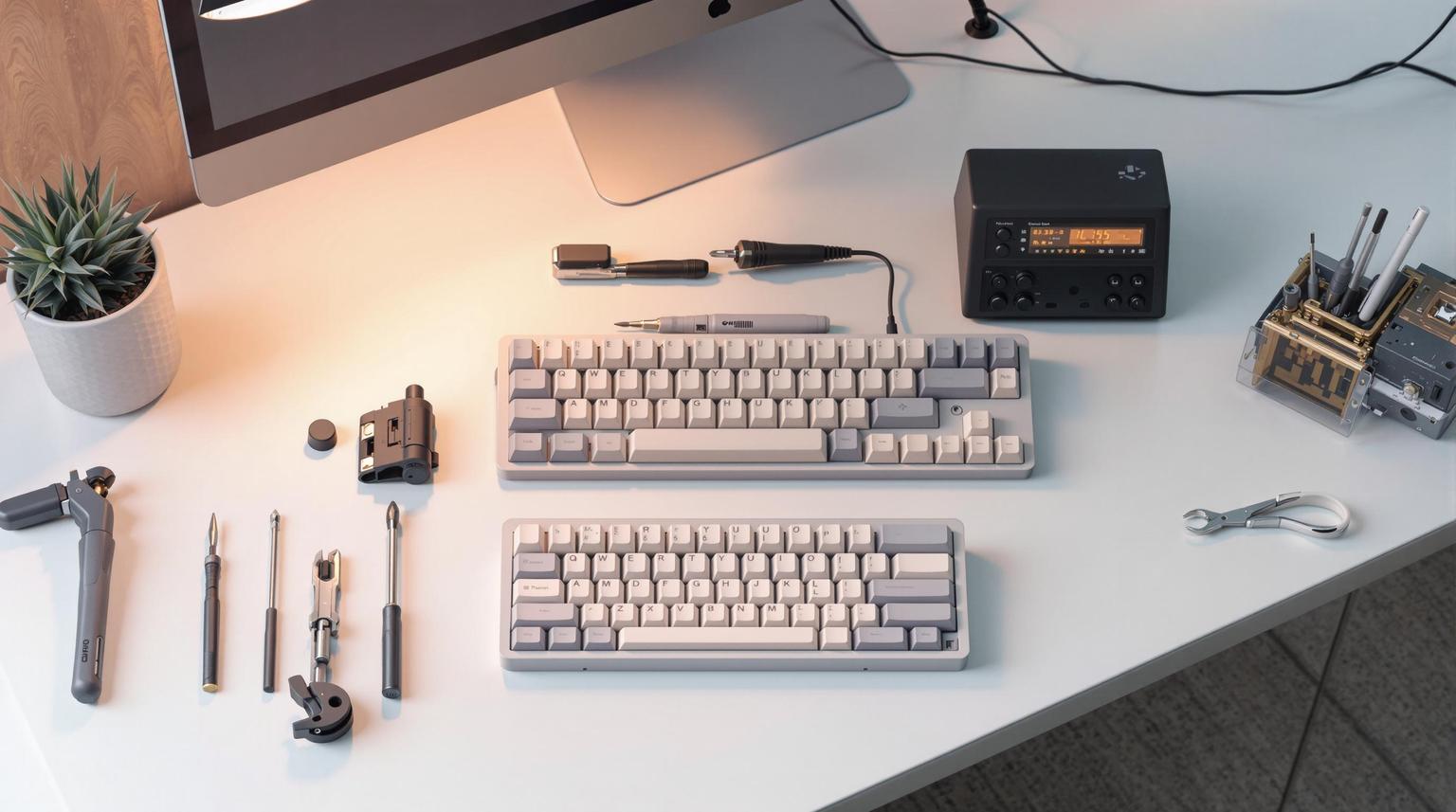
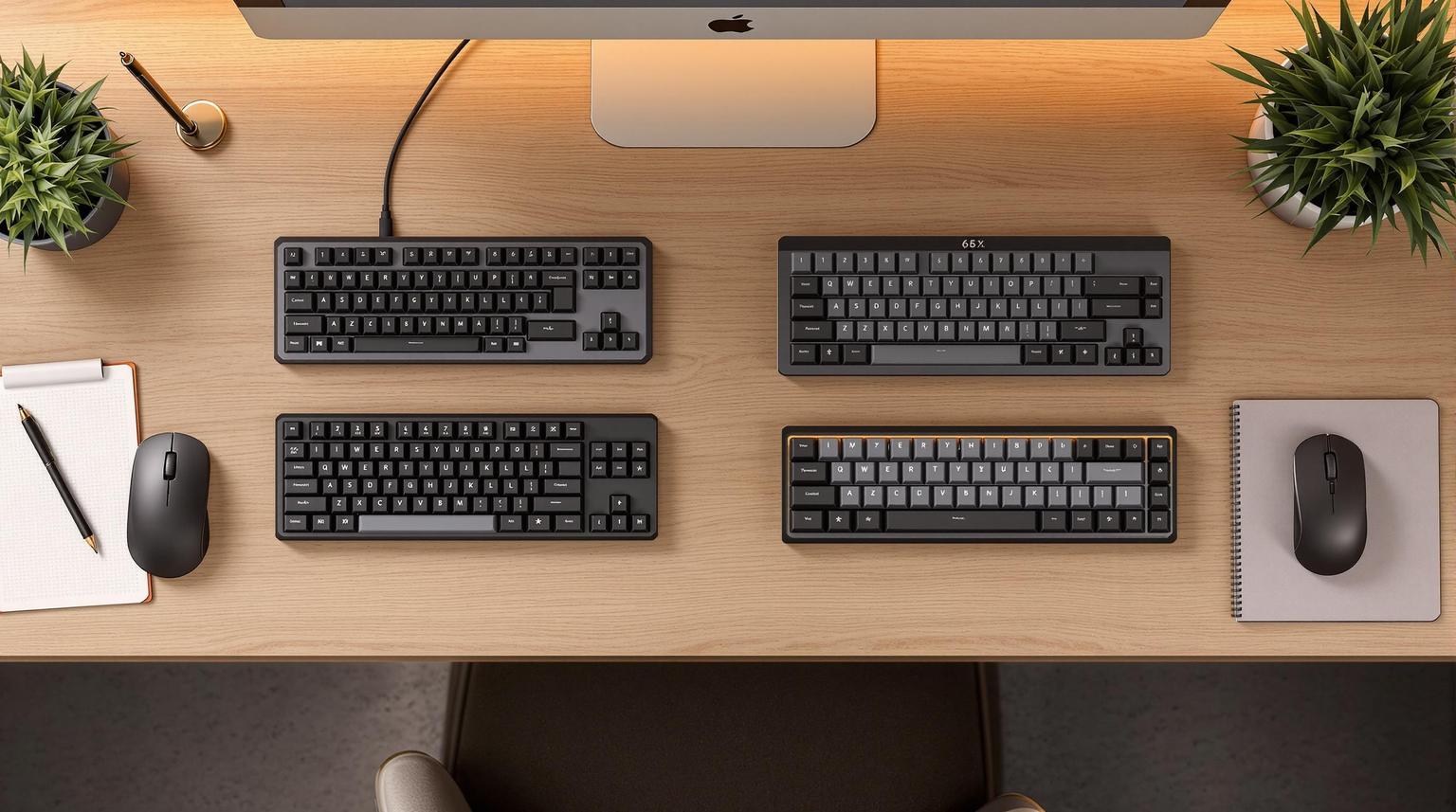
Leave a comment
This site is protected by hCaptcha and the hCaptcha Privacy Policy and Terms of Service apply.